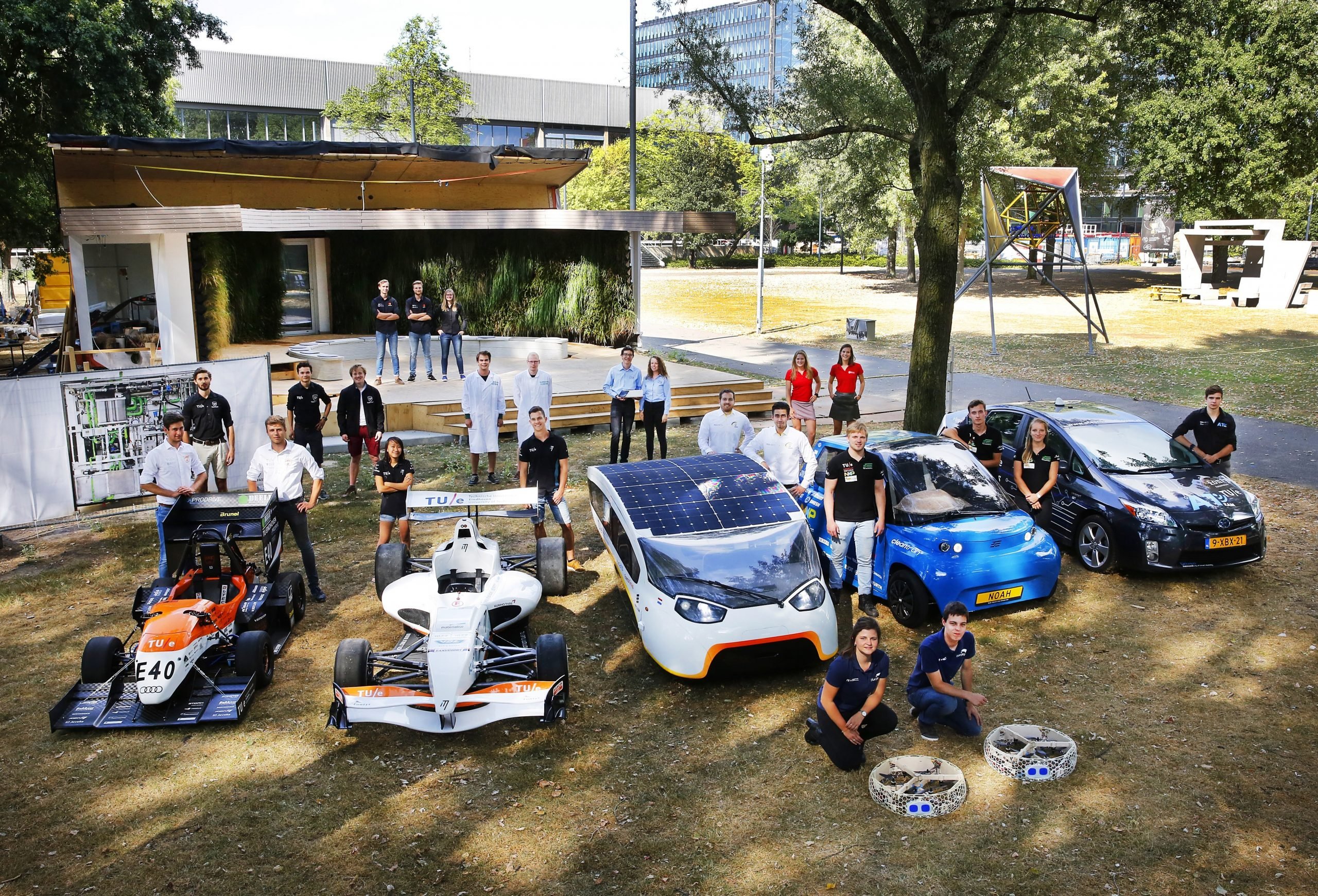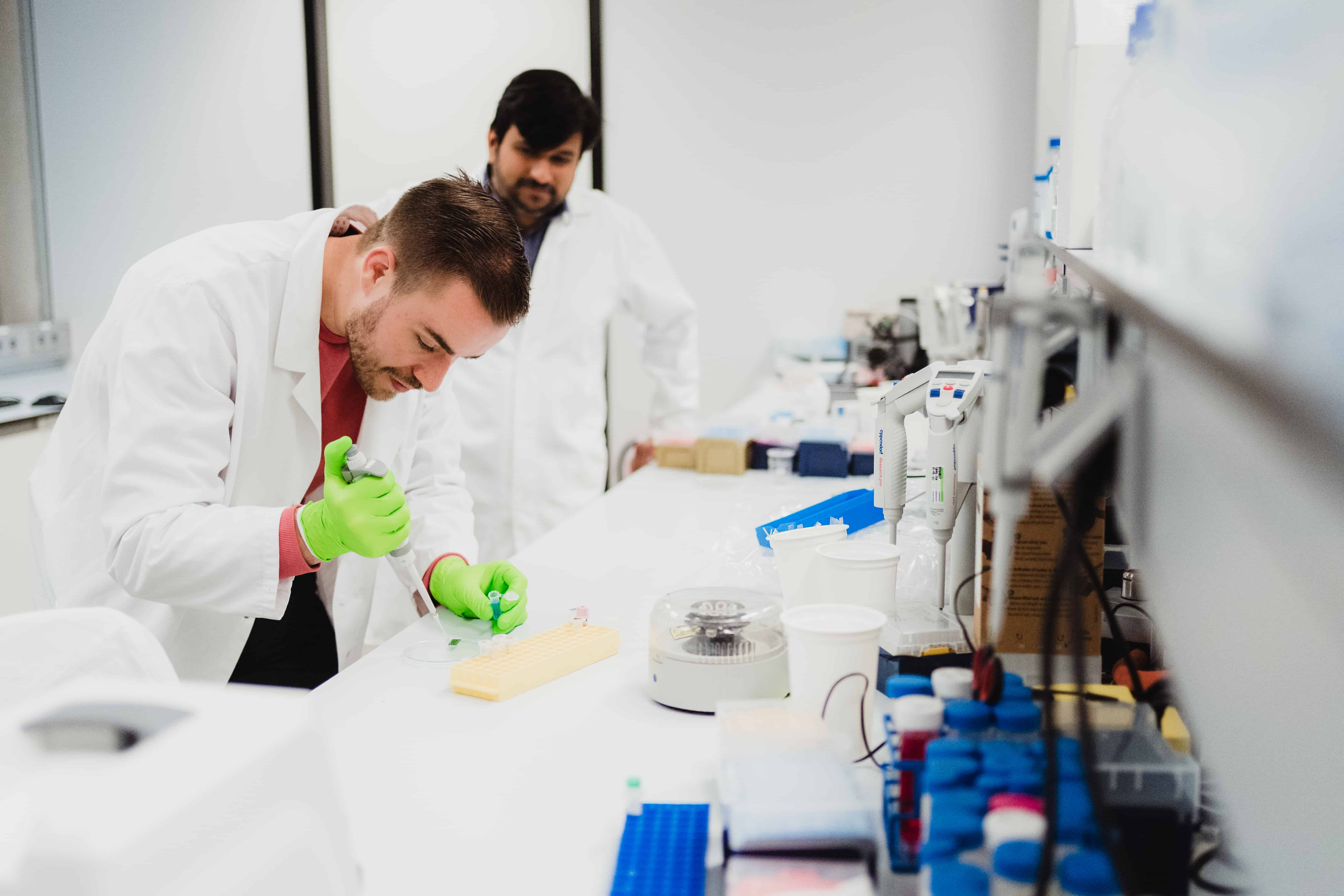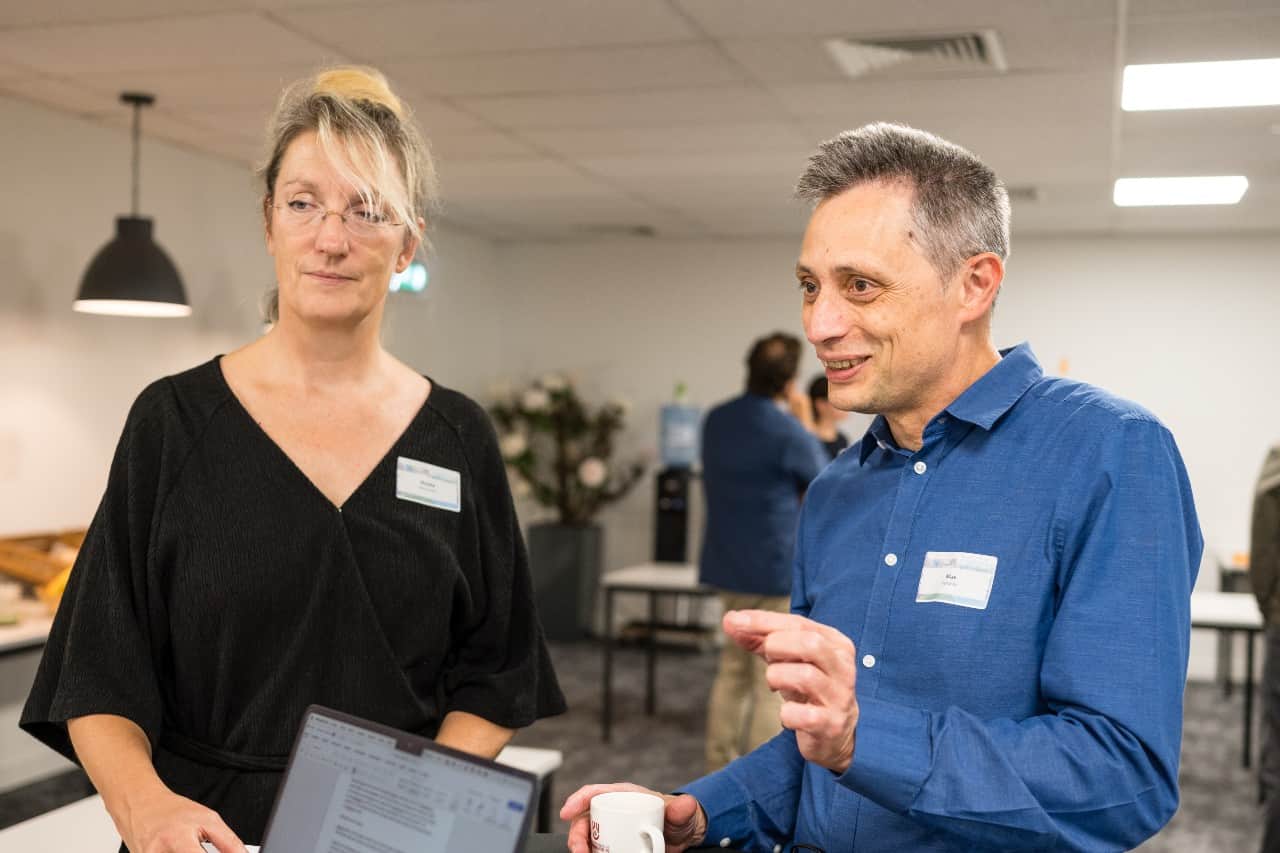
We cannot solve the societal challenges of our time on our own. That is why the four technical universities in The Netherlands (Eindhoven, Delft, Wageningen and Twente) are jointly tackling the transition to a circular economy. An important objective of the partnership is to bring the knowledge that they have gained to the market more quickly and easily.
“We are able to bring competencies together by collaborating with several universities,” says Sebastiaan Berendse, Director of Value Creation at the Wageningen University & Research (WUR). “This leads to new insights.” For example, WUR worked with TU Delft on a joint PhD study into the sting of a specific parasitic wasp. The wasp uses this sting to lay eggs. The WUR contributes its knowledge about the actual insect, while TU Delft uses the insect’s functions in the development of a maneuverable needle.
4TU forever
The 4TU collaboration covers the three main tasks of a university: education, research and valorization. Valorization involves translating the knowledge that has been gained into practical applications in society. Together, the universities have set up an Impact Agenda to further extend valorization. “There are several more steps that need to be taken in order to turn research results into a product that is suitable for use in practice. Spin-offs or applied research in conjunction with companies can help with this,” says Berendse. “We also provide challenges for students which involve them working on a practical case. That’s how we can tap into the energy of young people. They are keen to make an impact with the knowledge that they acquire during their studies.”
A recent example of a challenge for students is the 4TU Impact Challenge.
Earlier application of research in sight
According to Berendse, it is important to look into valorization earlier on during the research stage. “Don’t just start talking about practical applications once a scientist’s thesis is ready for publication. It makes more sense to look at how a technology can be applied and which market it could end up in while the research is still ongoing.” The director of Value Creation believes that this in turn ensures that spin-offs are more likely to succeed. “It also means that while they are studying, students are already busy with applying their research in practice. As a result, they are more likely to set up businesses earlier, either during or soon after completing their studies.”
Ever-increasing enterprise
Steef Blok, director of TU/e Innovation Lab and therefore responsible for valorization at Eindhoven University of Technology, defines four tasks within the 4TU collaboration:
- Research support: “We try to support research on various themes and thereby enable a connection between the different universities. For example, a theme could be high tech systems to feed the world. The research fields of the Eindhoven and Wageningen universities are brought together this way.
- Living labs: “Student teams work in these labs. For instance, in Delft we are working on the Hyperloop, we have the TechMed Centre in Twente and in Eindhoven there’s the robot soccer team. The students are constantly devising better technology so that the robot soccer players can make decisions about, for example, passing the ball to another player or taking a shot at the goal. In the long run, this technology can also be used for the development of autonomous cars which eventually need to make their own decisions in traffic. That’s why these living labs are so valuable.”
- Business development: “We try to bring together knowledge and know-how across a range of themes from all of the technical universities so that we can make the strongest business case out there. This also involves applying for subsidies and patents for one thing. Not every company we set up or support will make it to the market. Approximately 90% will not make it at all. But the 10% that do get through are going to change the world.”
- Funding: “If we start a company together, we are also able to provide funding. After all, we have a joint fund in place: Innovation Industries. There is about €200 million in it at the moment,” says Blok. Berendse adds: “Promising companies must also be able to scale up, otherwise they will not be able to have any impact.”
Solid teamwork
The technical universities don’t just work together on research and valorization, they also support each other when it comes to education. “Student funding is a major theme this year,” says Berendse of the WUR. “An education at a technical university is very different from an education at a regular university. We offer more facilities and a higher degree of interaction. This invariably means that we incur more costs as well.” The universities have teamed up in order to secure more money from the government.

European political support
Technical universities are able to work together like this on a European level too. “The European Horizon 2020 research fund has become a competitive market. This means that the chances of success are fairly low,” Berendse says. “In order to submit the best possible proposal, we need to bring various competencies together. Collaborating as intelligently as possible and submitting a joint proposal increases the chances of success,” he continues. “Together we have a stronger voice, not only now but also in terms of the future. This will enable us to jointly contribute to the research direction of the future.” For example, collaboration is important as far as the development of hydrogen-powered vehicles are concerned.
Aside from Horizon 2020, the Dutch government is also subsidizing innovative technology. Universities and companies that jointly set up a project can obtain additional funding from the government via its Topsectorbeleid (Key Sector Policy). “This funding is intended for projects that support the nine designated key sectors in the Netherlands, such as high-tech systems and horticulture. We want to use the projects to develop technologies in such a way that they are sufficiently beneficial to industry,” Blok says.
Industry is an important partner
He notes that the TU/e has set up projects with Philips, ASML, NXP, VDL, Shell and Akzo Nobel, among others. “We also work with SMEs, but in general our collaborations tend to be with major companies”, Blok explains. ” After all, you have to invest a large proportion of the money yourself for the subsidy, which is often more tricky for SME’s.” The university plays a major role in these projects, according to the director of TU/e Innovation Lab.
“The research department at Philips, for example, is much smaller than it used to be. They work with us much more often. Which means we are taking on a lot of that kind of work. Groundwork for innovations is often carried out at the university.”
The organizations’ partners and networks also get to know each other thanks to the cooperation between the technical universities. “This provides much more scope for the successful completion of projects,” Berendse states.
Steps towards the future
Researchers and students at WUR also work closely with companies. The university’s board is made up of two organizations. On the one hand the technical university. On the other, the applied research institute (Wageningen Research). “The institute immediately works out the practical value of a technology or research,” says Berendse.
“We want a world with improved and healthier food for everyone. Not only that, the population is growing, so by 2050 we will have to feed around 10 billion people. In order to be able to do that, we still need to take a number of steps. This can only be done with people who are also professionally involved in nutrition.”
He goes on to say: “A doctoral thesis does not immediately improve the world. As a university, we need to be aware of the steps that are needed to apply these in practice”. Both these worlds come together at the WUR. “This also makes it much easier for professors to draw on practical examples during their lectures. And makes it much easier for students to work on real-life issues via Wageningen Research.”







